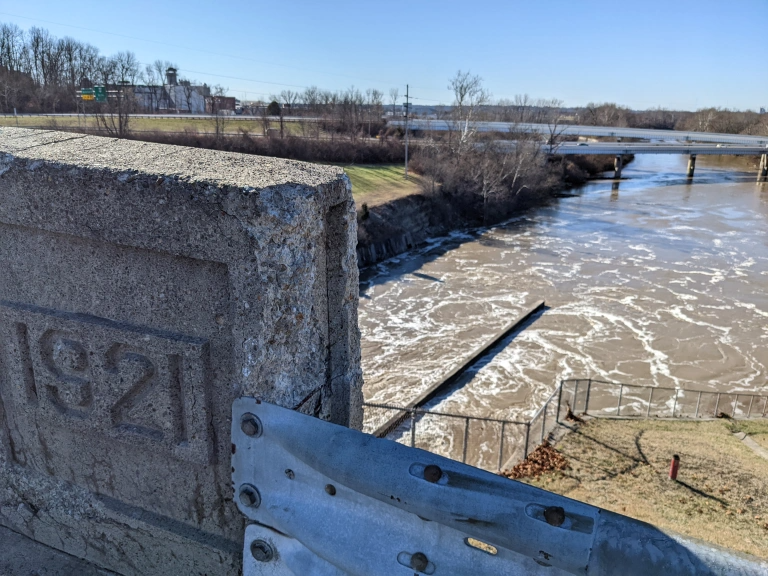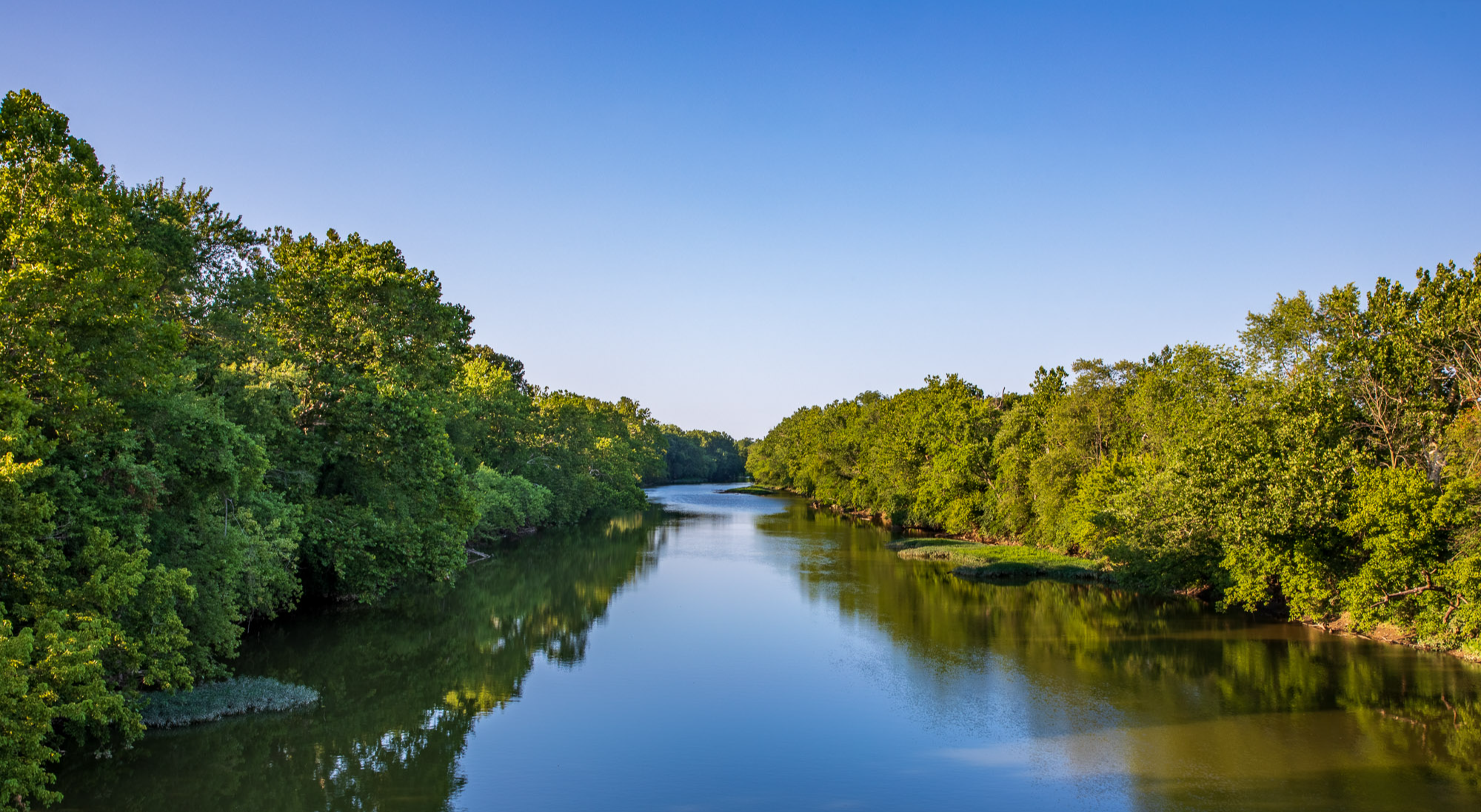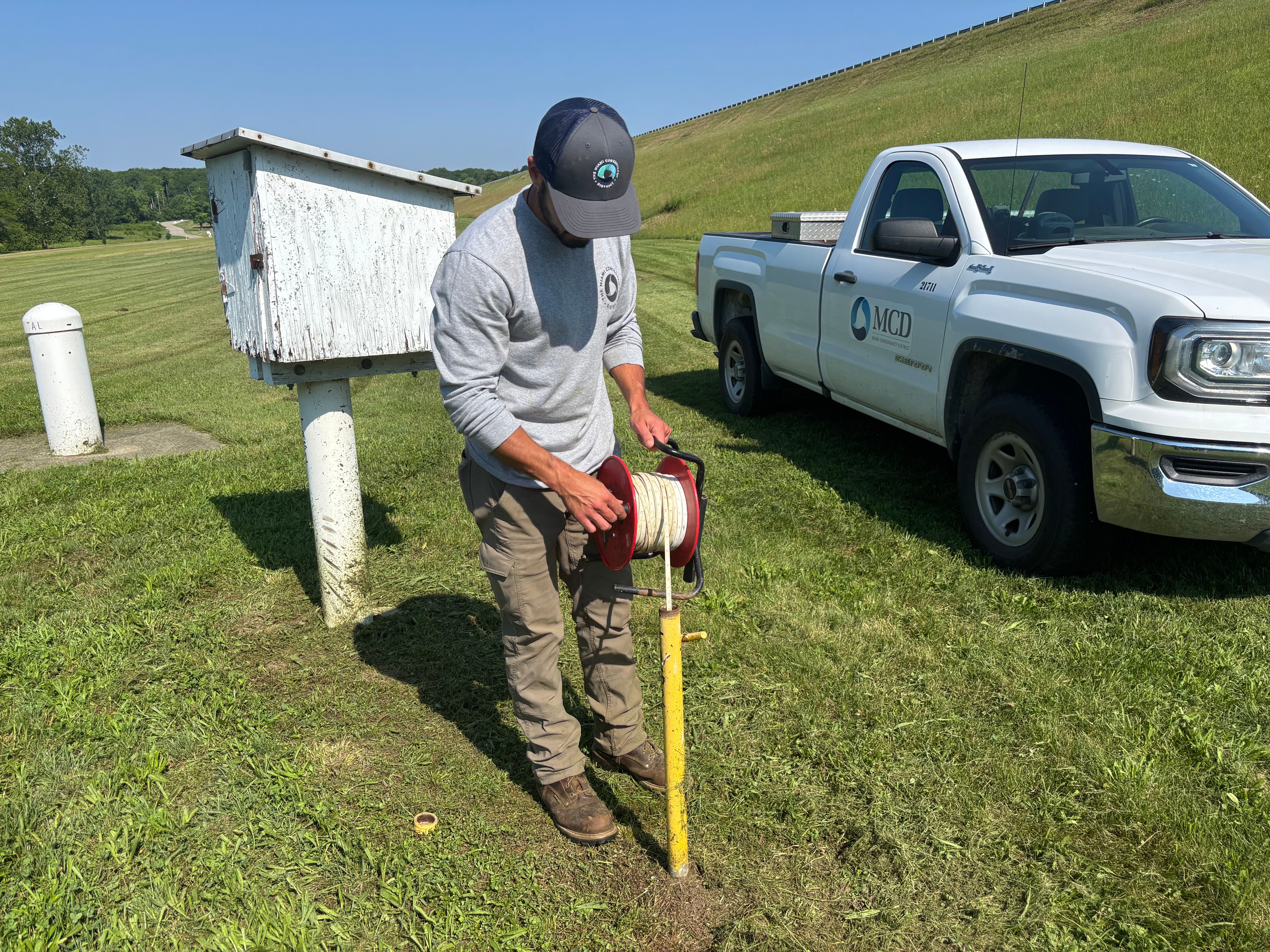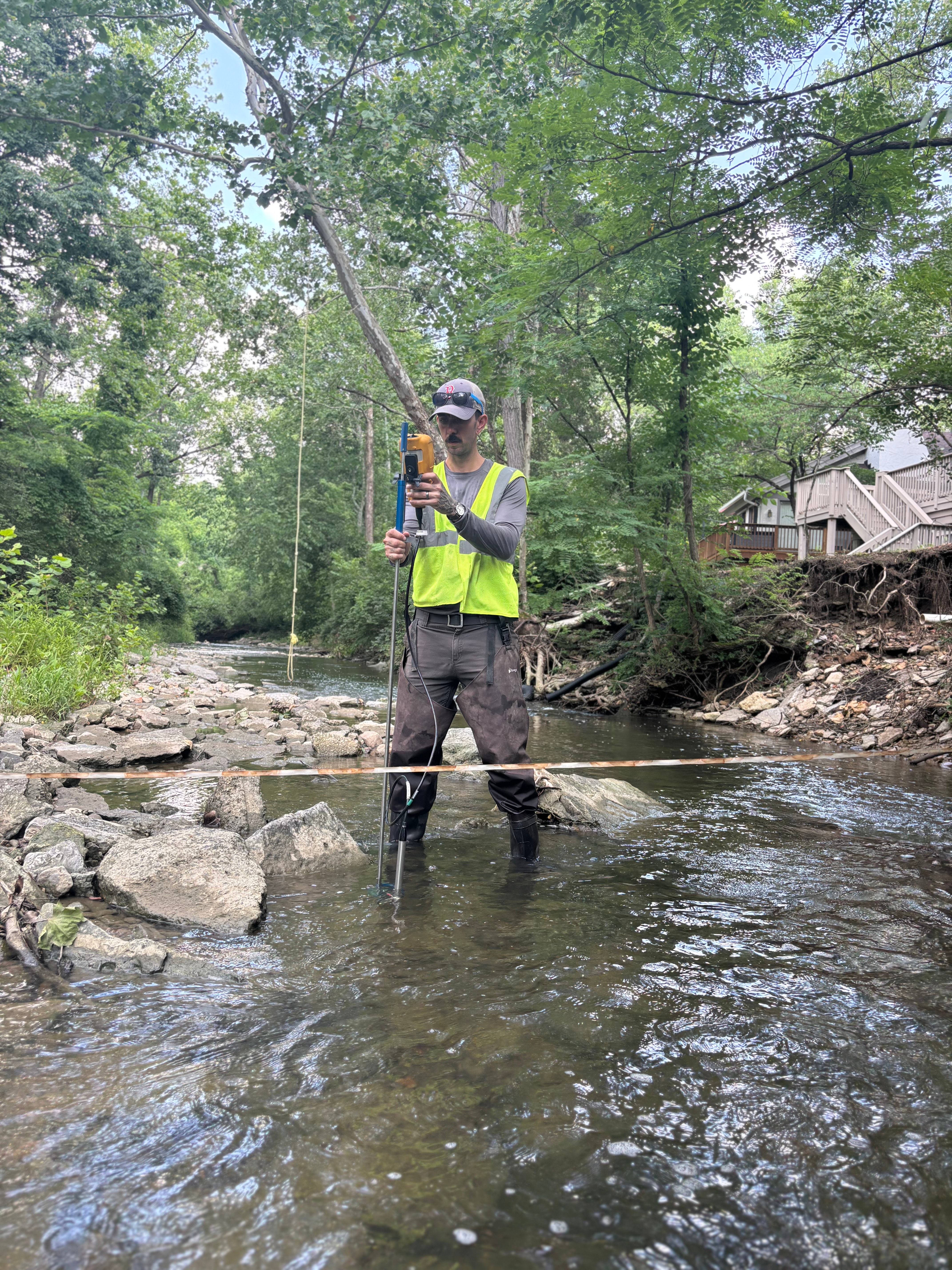Join Our Monthly Newsletter to stay up-to-date on Miami Conservancy District news

By Mike Ekberg, Manager of Water Resources Monitoring and Analysis Southwest Ohio is getting wetter—and the Miami Conservancy District’s flood protection dams are working harder than ever because of it. Since their construction nearly 100 years ago, these dams have done exactly what they were designed to do: protect our comm ...

For over 100 years, Lockington Dam has stood strong, protecting downstream communities in Southwest Ohio from destructive floodwaters including Piqua, Troy, Dayton, and Hamilton. Despite the ravages of time and weather extremes, the dam has never failed in its mission. However, like all aging structures, it requires attention to keep it s ...

The Miami Conservancy District is conducting a comprehensive Benefit Assessment Study to explore how we continue funding the critical flood protection system that has kept our region safe for more than a century. Assisted by expert consultants at Stantec, this study is recalculating flood protection benefits, how benefits are distri ...

MCD dams, levees, and other parts of the flood protection system have worked harder and stored more water in recent decades. This results in stress on the system. More frequent events add pressure on infrastructure that is aging and in need of repair and renewal. Four major factors are identified that could pose risk to ...

Across the country, the demand for data centers is growing fast. Every online purchase, video stream, and AI query runs through massive facilities that store and process digital information 24 hours a day. While these centers are key to powering the modern economy, they also raise important questions about water and energy use — esp ...

Twin Creek has long been called one of Ohio’s hidden gems—its clear waters and thriving ecosystems earning the highest praise from the Ohio EPA, which once noted the stream “merits the highest level of protection available” in the state. Today, that protection is possible through a powerful partnership between the ...

Along Southwest Ohio’s rivers, lowhead dams are small, often deceptively calm structures with water flowing over their tops. While modest in appearance, they pose serious hazards—especially to recreational users such as kayakers, swimmers, and anglers. Known as “drowning machines,” the recirculating currents a ...

450 million years in the making. Discovered during a moment of engineering history. Celebrated as a state symbol. In the spring of 1919, while digging deep into the bedrock for Huffman Dam’s outlet structure, a construction crew with the Miami Conservancy District made a truly extraordinary discovery: a perfectly preserved, 14-in ...

New Report Released Since 2006, the Miami Conservancy District has operated an automated water quality sampling station on the Upper Great Miami River, downstream of Taylorsville Dam. The station monitors nutrient concentrations and suspended solids in a river system draining a primarily agricultural watershed of 3,000 square kilometers. ...

Tucked away in the charming community of Springboro, Ohio, E. Milo Beck Park offers a serene retreat for residents and visitors alike. With its expansive prairie, pleasant walking paths, and scenic overlook, the park invites you to unwind, explore, and reconnect with nature. You might not think about how places like this come to be &ndash ...

We have to get serious for a moment about something that has been impacting the region more and more: E-scooters, e-bikes, and hoverboards (also referred to as micromobility devices) are becoming more popular personal transportation methods and leisure activities, which is great news for lower emissions and increasing trail use.H ...

The American Society of Civil Engineers (ASCE) has released its 2025 Infrastructure Report Card for Ohio—and the state earned an overall grade of C. That’s up from a C– in 2021, a sign that investments are starting to move the needle. But it’s also a reminder of just how much work remains, especially in areas tied ...

Every time a storm rolls through Southwest Ohio, the Miami Conservancy District’s flood protection system goes to work — and so does our team. With each rain event, our field operations staff measure rising water levels from more than 300 observation wells across all five of our dams. These readings are used to monito ...

You hear us talk about this work year after year—but do you know what the data is used for? Not only does the streamgage network support all the functional areas of MCD (flood protection, water stewardship, and recreation), but it also supports the work for a lot of other agencies and communities outside of MCD that is critical for ...

To plan your next outing, use our interactive map to find river access points, food nearby, park amenities, and camping/overnight options. Click this link to find the interactive map: https://mcdwater.org/maps Check in each river section to see detailed access points, mileage, and features. Decide if you wan ...

Flood protection isn’t just about dams, levees, and floodgates—it’s about timely information, accurate forecasts, and strong partnerships. At the Miami Conservancy District (MCD), our ability to keep Southwest Ohio safe from flooding relies on close collaboration with federal partners, including the National Oceanic and ...

During March 1913, the citizens of the Miami Valley experienced a natural disaster unparalleled in the region's history. Within a three-day period, nine to 11 inches of rain fell throughout the Great Miami River Watershed. The ground was already saturated from the melting of snow and ice of a hard winter. The ground could absorb litt ...

Groundwater is a critical resource for drinking water, agriculture, and industry in the Great Miami River Watershed. Since 2014, the Miami Conservancy District has led a comprehensive groundwater monitoring program to better understand the impact of human activities on this vital resource. Our latest study provides a detailed look into t ...

How does Miami Conservancy District tackle river cleanup? If you’ve seen photos after a flood storage event, you know how massive the amount of drift and debris can be. Logs, branches, and unfortunately, a lot of litter collect along the riverbanks and near the dams, blocking bike trails and hindering maintenance. So, what happens ...

As 2024 winds down, residents of Southwest Ohio are still feeling the effects of a prolonged drought. For much of the second half of the year, river and stream flows have been lower than usual, and groundwater levels have dipped, sparking concerns about water availability. But there’s a glimmer of hope on the horizon: the NOAA Winte ...